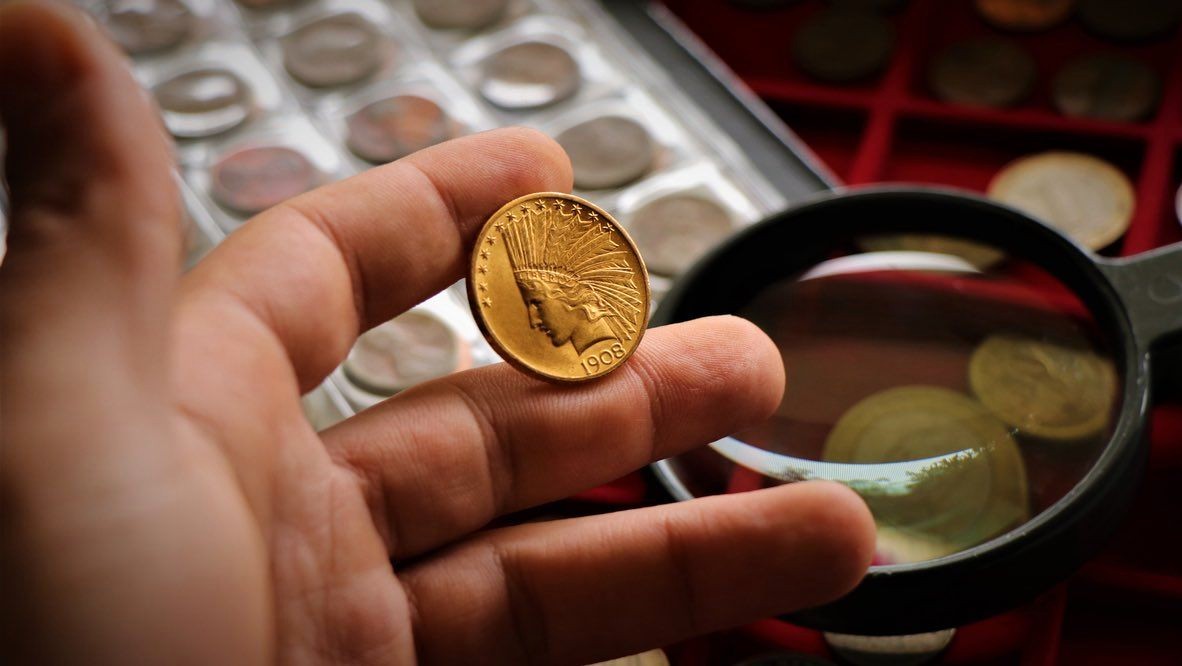
Coin collecting has been here for ages, dating back to the 12th century. It remains a popular hobby globally for people of all ages. It is also known as numismatics by collectors. There are many reasons to start collecting coins.
One is by saving specific coins found in pocket change. They never lose value and can be spent if needed. For others, it is the thrill of having a beautiful item of craftwork where they can appreciate its age, weight, and history. It can also be a way of life. Rare coins are sought after and cherished for their beauty and scarcity. A coin auction house can provide you with an estimate if the coins that you have are antique or vintage.
Whatever your reason for starting your coin collection, this introduction will guide you with the basic rules.
Before starting a collection, you must learn the different parts of a coin:
- Head – known as the obverse, this side usually has the image of a portrait and the year it was minted.
- Tail – known as the reverse, which features face value.
- Rim – it is the raised area that encircles the coin’s diameter on both sides.
- Relief – the part of the design raised above the surface.
- Edge – known as the third side, which is often grooved.
- Legend – the lettering which identifies the country where the coin was issued.
- Field – the flat surface without inscriptions.
It is important to know the different types of coins as well:
- Error coins – a coin with a flaw that is very rare, difficult to obtain, and quite expensive.
- Proof coins – these are specially minted for collectors, have a spotless design, and have very high quality.
- Brilliant uncirculated coins – these coins have never been in circulation. They have a fine mint appearance and shine.
- Commemorative coins – they mark special events or tributes to an important person.
- Bullion coins – made from gold, platinum, or silver.
- Ancient coins – handmade coins dating back to the Roman or Greek eras.
- Circulating coins – coins for daily use.
- Worldwide coins – any coin from a country outside the US.
How do you begin coin collecting? Specialize in one of these four categories:
- Theme. Choose a topic that is shown on a coin, and there you go. It can be an imaginary creature, famous people, animals, cars, flowers, etc. The most popular theme in the world is the Olympics, followed by football and military history.
- Historical significance. These are coins that relate to a specific period – World War 2, the World Cup of a specific year, or coins with different mint marks by year.
- Type or denomination. You can obtain coins based on every major design ever featured. You can also collect all the year types or different mint marks.
- Country of origin. American coins provide great insight into the Presidents and historic periods like the Civil War or the Wild West.
Coin collecting is a fascinating hobby. In the beginning, novices don’t really know what they want to collect. You might be inclined to make errors compared to more experienced collectors, but this is nothing to worry about.
Think deeply before you buy a coin. Do you like it and can you afford it? If you answer no, then the coin must not be the one for you. Buy a coin with the best quality that you can afford. It’s best to have a quality collection rather than a lot of coins that do not capture your attention.
You should enjoy coin collecting. Do not rush; conduct your research, and study the coins that are available.
Get a free professional valuation from a coin auction house. If you own a coin collection that you’d like a professional valuation on, please contact Blackwell Auctions to make an appointment. They will provide this service for free without requiring you to sell.




